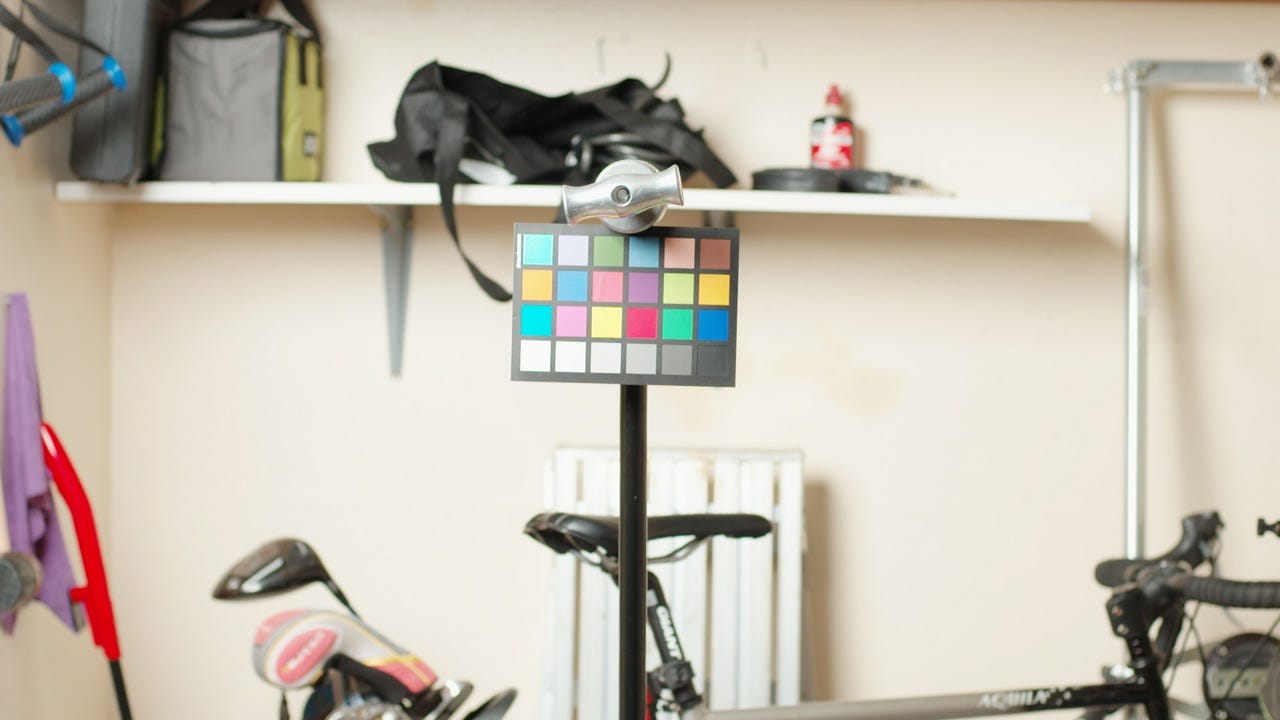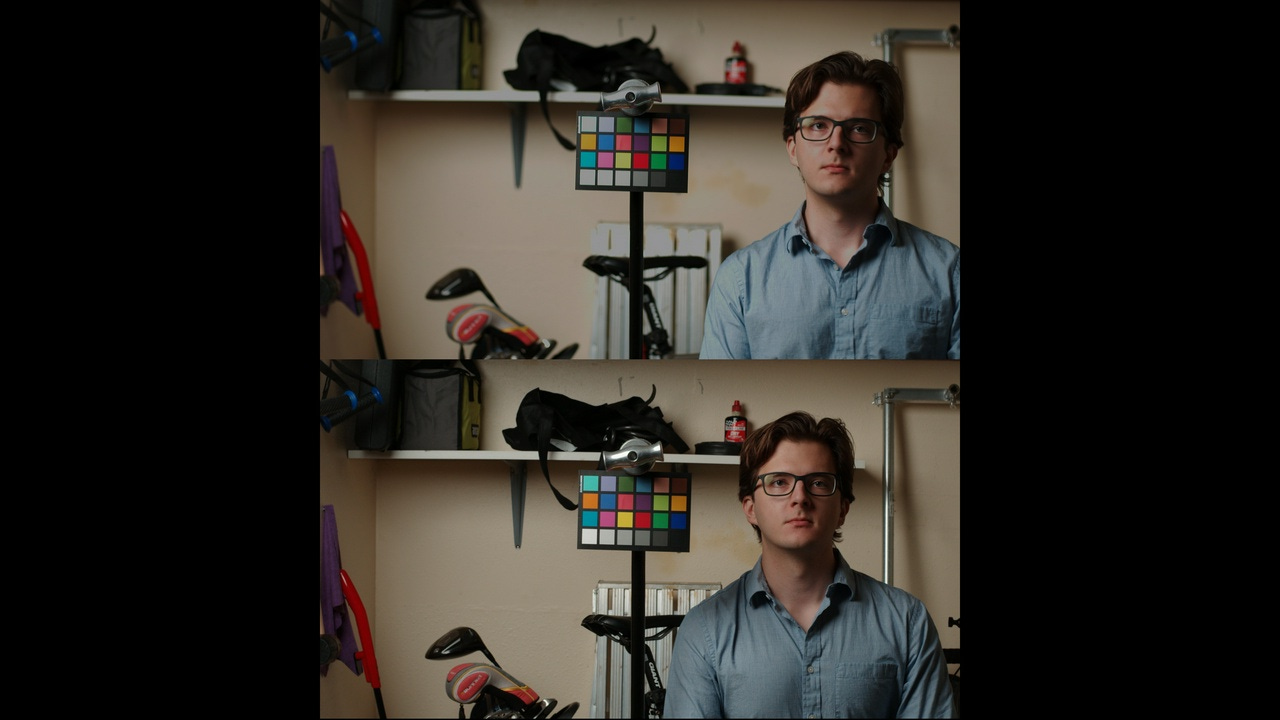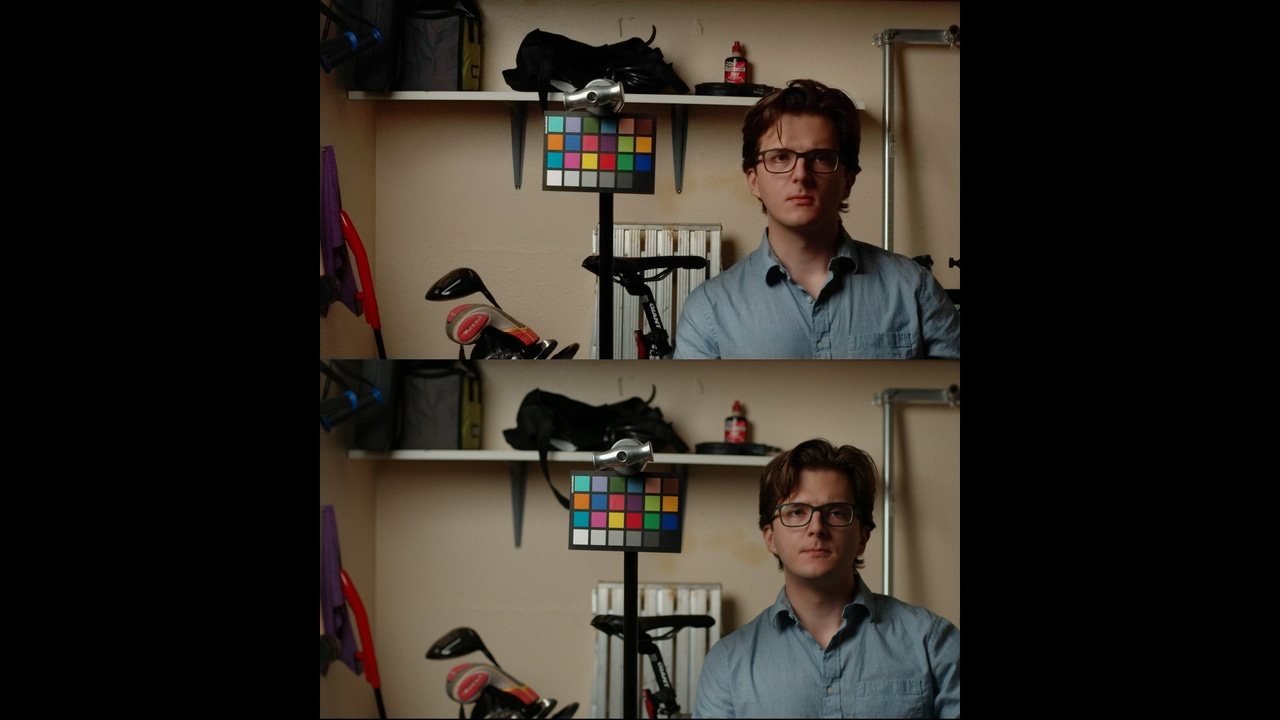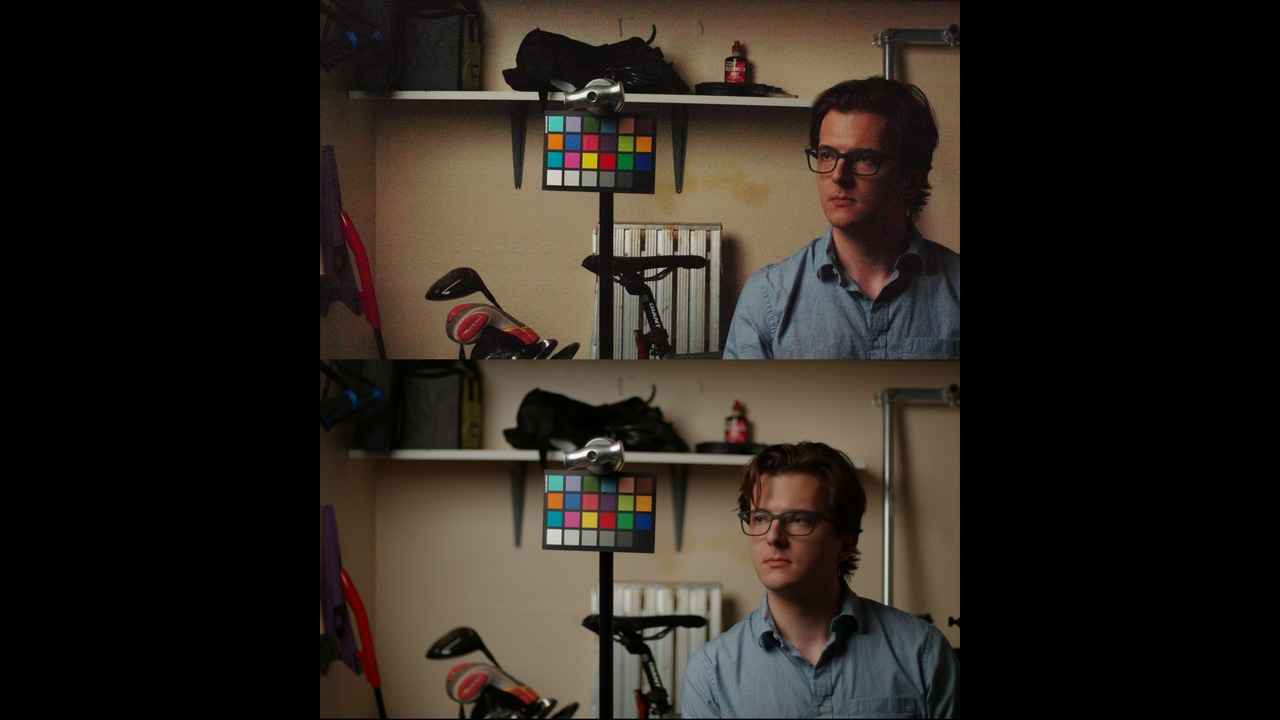Sony PMW-F3 Dynamic Range Latitude Test

How much usable range does the Sony PMW-F3 have? I did a quick test this afternoon to figure this out because lately I’ve been very impressed with the range that this camera has.
For the test, I exposed to middle grey on a Datacolor chart using these settings. I then reduced/increased the exposure by 1 stop increments until the image fell apart. In post, I corrected the image to match exposure at +0 stops. The methodology follows Robert Machado’s instructions.
In the end, I was able to correct exposure for 3 stops over and 5 stops under for about 8 total stops of client-deliverable exposure latitude.
To be clear, this kind of latitude is different than stops of dynamic range. As written by Gunther Machu at CineD, the Sony FX9 has 12.7 stops of dynamic range at a signal-to-noise ratio of 1 and the Arri Alexa Classic has 14.8 stops of dynamic range at a signal-to-noise ratio of 1. In contrast, the exposure latitudes of these cameras are 8 and 10 stops, respectively.
I want to further clarify that this 8 stops of exposure latitude that I achieved is based on what I would deliver to a client, or, in other words, “usable exposure,” which includes small amounts of noise reduction.
CineD and other sites that test exposure latitude tend to dive more into the noise and grain before cutting off their latitude numbers. For example, the RED KOMODO 6K has 7 stops of exposure latitude with 6 of those recovery stops going to under exposure, according to CineD. When looking at their sample frames, the image that has been corrected for 6 stops under is more noisy than the image that I got out of the F3 at 5 stops under exposed. I’m saying this because CineD might get slightly higher latitude results for the F3 than me, but who knows. Could it achieve 6 stops under? Not really. The image sharply breaks down after 5 stops under.
For reference, this is what the shot looks like when it’s under exposed by 5 stops.
And here’s what it looks like when it’s over exposed by 3 stops.
Over Exposure Latitude
Here are some sample frames from the tests. The top frame is the corrected image and the bottom is the image exposed for the camera’s middle grey.
At 3 stops over, the F3 has lost no detail. All data is intact and there is no color shift.
At 4 stops over, the F3 begins to lose highlight detail. Take a look at the chip chart. The whites have clipped and the cyan color in the top left of the chart has turned gray. Despite the lose in cyans and whites, the skin tones remain intact. There is no color shifting.
And here we are with 5 stops over the correct exposure level. Skin tones are gone and most bright colors have turned pure white. The image is unrecoverable.
Under Exposure Latitude
So now what about under exposure? Let’s dive in. At minus 3 stops with minor noise reduction, there is no color shift and details remain present.
At minus 4 stops with light noise reduction, we’re looking at an image with no major color shifts. The color chart remains the same. We begin to see non-correctable noise in the shadows. Saturation, if anything, is the main thing that’s changed here.
At minus 5 stops, the image is much noisier despite applying the same light noise reduction. The settings for this noise reduction are included at the end of this post. Like with the +4 differences, shadows have more saturation than the +0 shot. Would I still include a shot with a +5 stop correction in a final project? Well, I have.
Here’s an image that was at -5 stops of exposure that I later corrected in post.
What about an exposure at under 6 stops? The F3 breaks down here.
And here’s -7 stops, for good measure.
I think it’s worth noting that throughout the under exposure range, there is minimal color shift. That color chart stays the same color throughout. Saturation may change a bit, but aside from that, the image just looks noisier.
The exposure latitude of the F3 is impressive, especially for a camera released in 2011. At 8 stops of exposure latitude with 5 stops in the shadows, this camera has exceptional recoverability similar to high end cameras like the Sony FX9, Canon C500 II, and Blackmagic URSA Mini Pro 12K. Where is falls short is in resolution — that 1080p image will only get you so far, no matter how good those pixels look.
Here are the noise reduction settings that I used. The settings for Temporal NR varied between 2 and 3 frames.


















